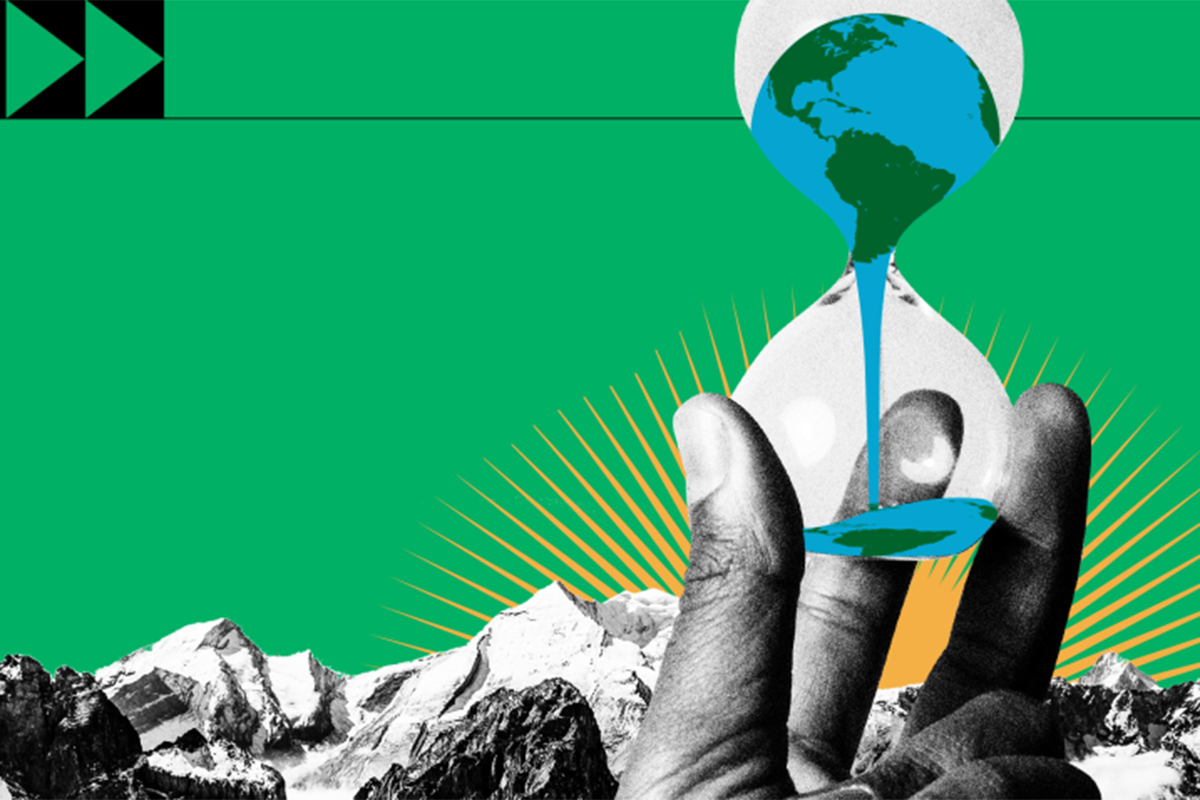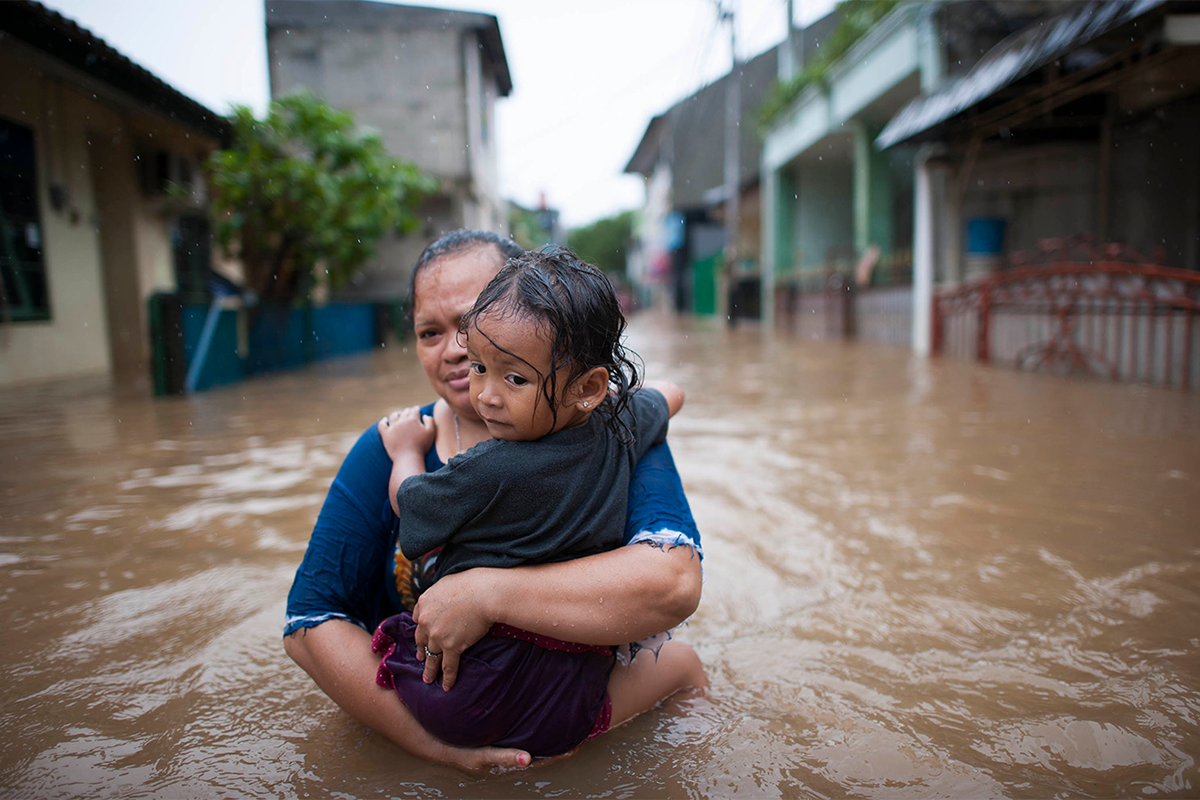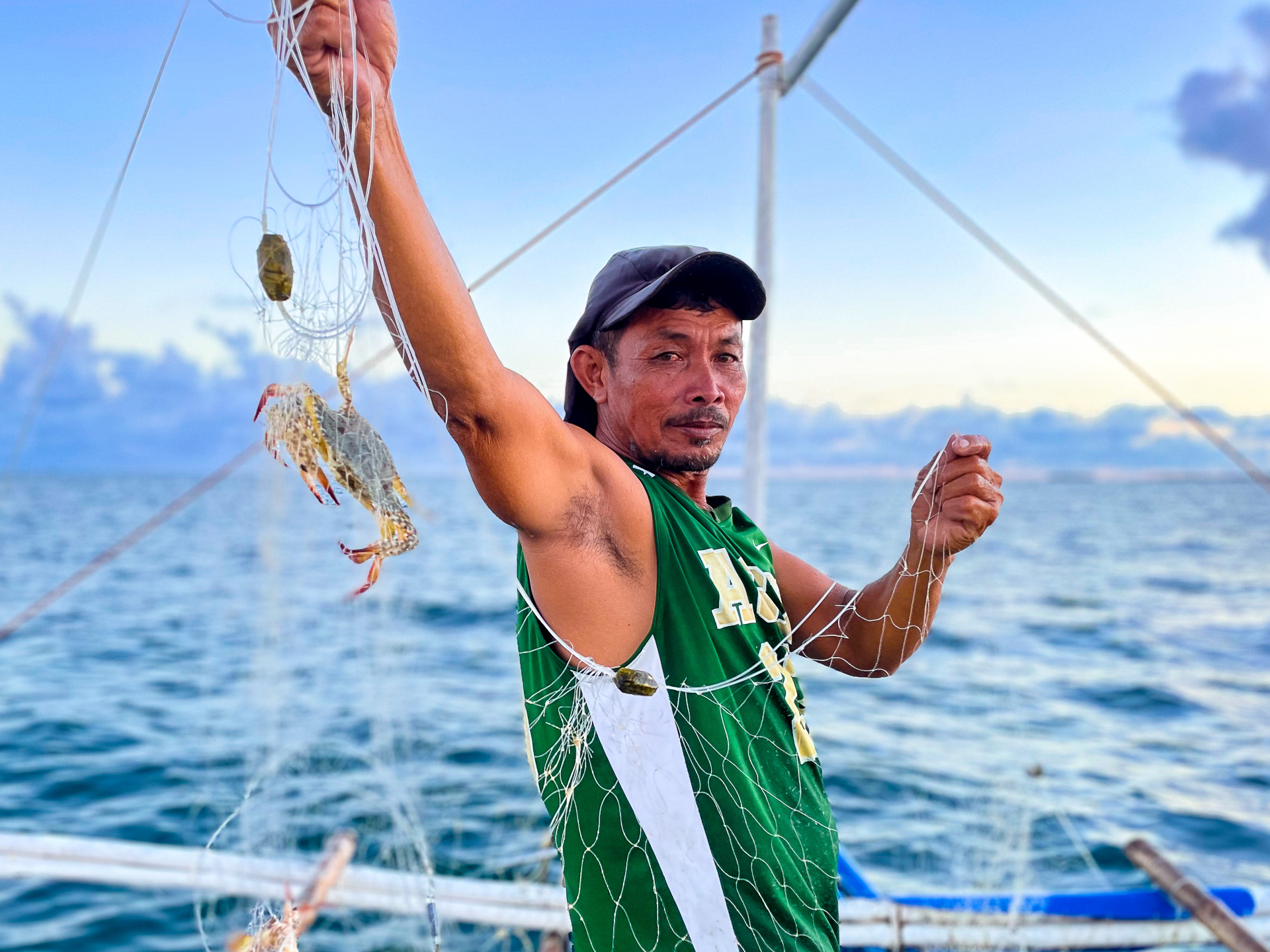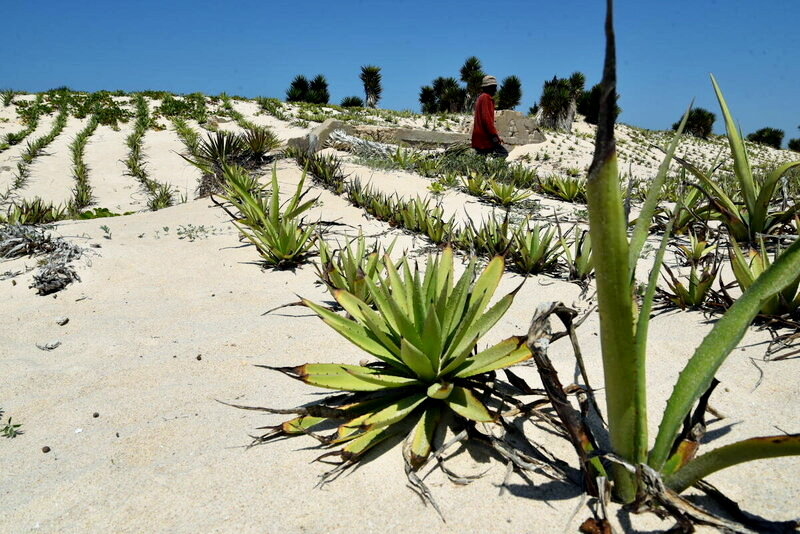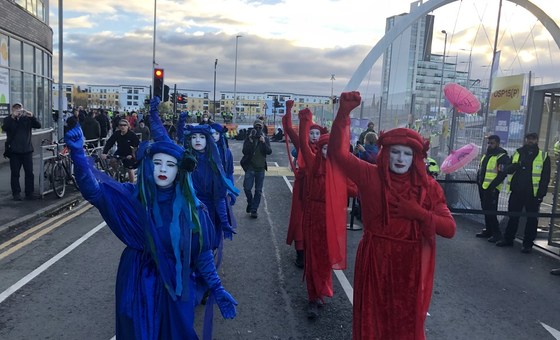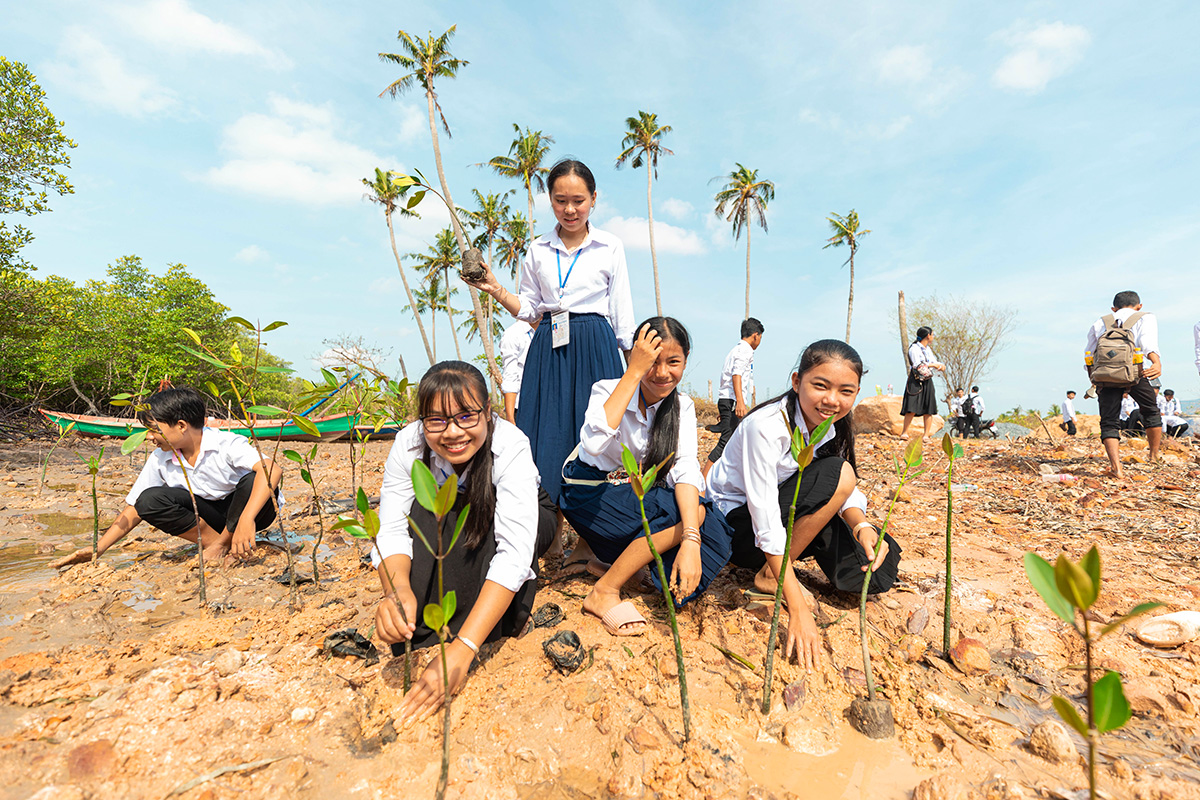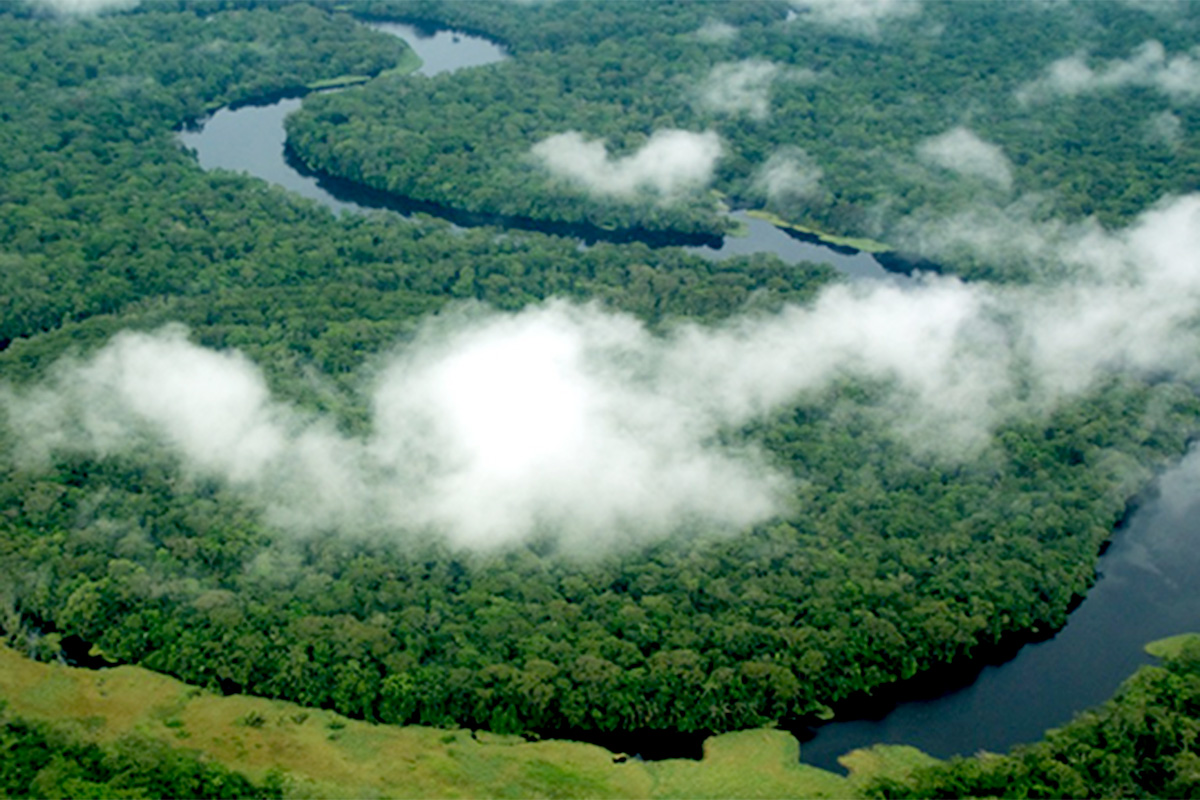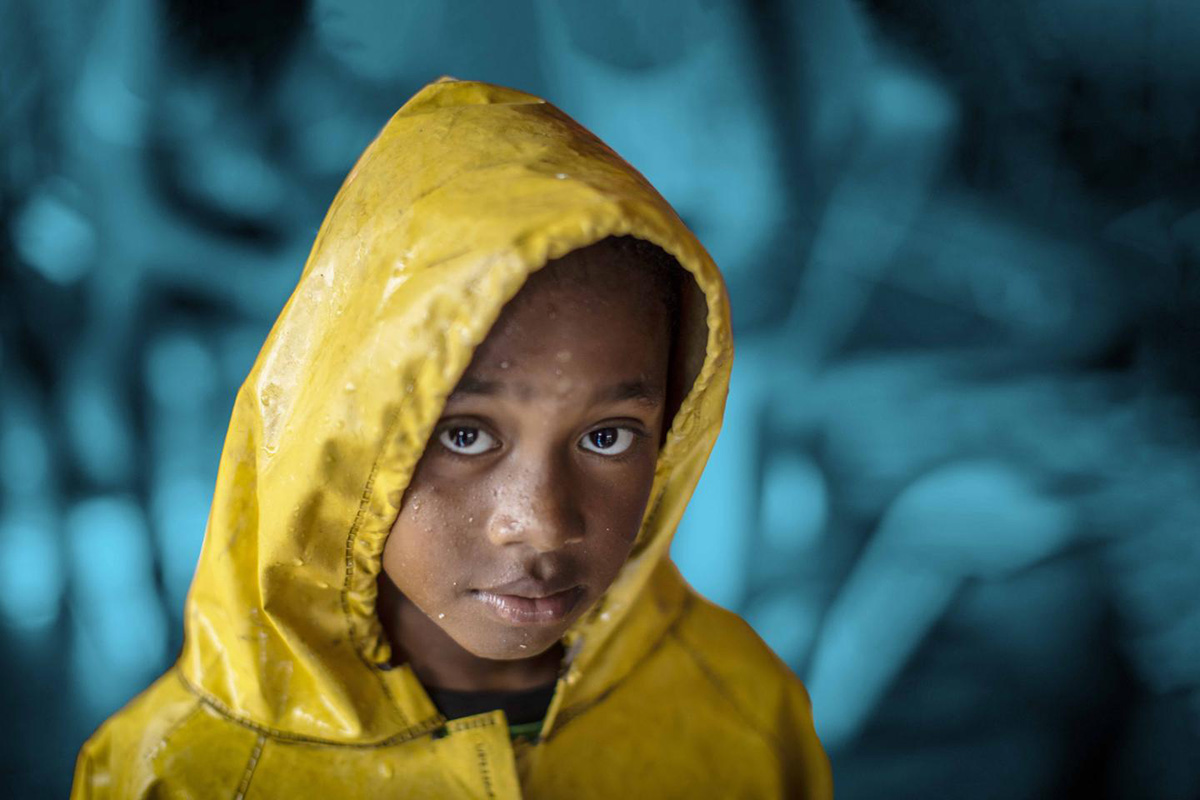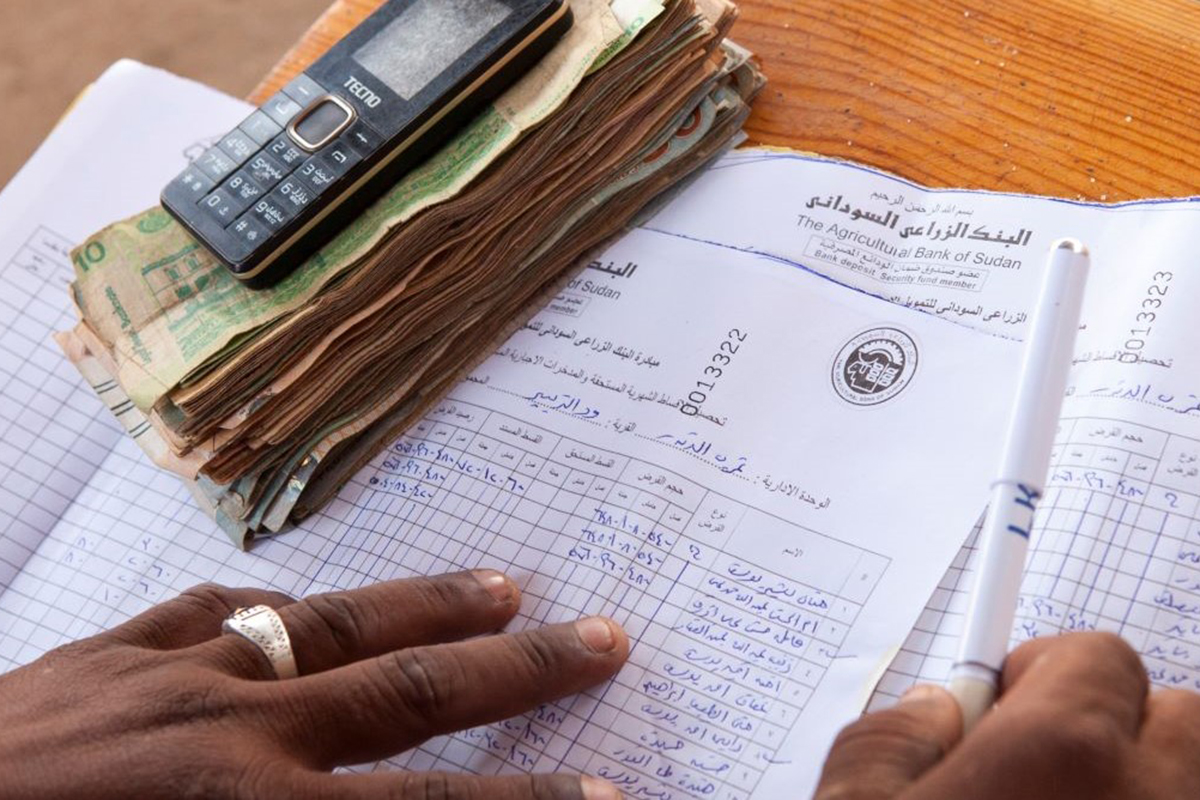The latest IPCC report warns that human-induced climate change causes dangerous and widespread disruptions, despite efforts to reduce risk. Dr. Christopher Trisos explains the Africa chapter.
Climate Change
Weather, climate and water extremes are becoming more frequent and intense as a result of climate change. Impact-based forecasts that inform the public of what the weather will do are vital to save lives and livelihoods. Yet one in three people are still not adequately covered by early warning systems. Greater coordination between hydrometeorological services and disaster management authorities is fundamental. This World Meteorological Day (23 March) spotlights the vital importance of Hydrometeorological and Climate Information for Disaster Risk Reduction.
Bantayan, a small coastal island in central Philippines, is home to approximately 3,000 people – around 80 per cent of them fisherfolk and the rest, farmers. In Bisaya, the local language, bantayan means to look closely. As its name implies, bantayan is a signal for everyone to pay attention. It is a reminder that the realities and consequences of the climate crisis go beyond the discomfort of unpredictable weather. Their voices are the warning the world needs to hear. More on how Climate Change is affecting fisherfolk in the Philippines
The climate crisis is destroying lives and livelihoods all over the world. Emission reductions to mitigate the rise in global temperatures are crucial, but we cannot wait for this to happen. Communities on the frontlines of the crisis need urgent support to adapt. And the World Food Programme (WFP) is doing just that! Here are some of the ways WFP is working with some of the most vulnerable communities to adapt to one of the greatest threats humanity has ever faced.
Human-induced climate change is causing dangerous and widespread disruption in nature and is affecting the lives of billions of people around the world, according to the latest Intergovernmental Panel on Climate Change (IPCC) report. People and ecosystems least able to cope are being hardest hit. “The G20 must lead the way, or humanity will pay an even more tragic price,” the UN Secretary-General said in his statement on the report. “I know people everywhere are anxious and angry. I am, too. Now is the time to turn rage into action.”
This week WFP launches its Regional Drought Response Plan for the Horn of Africa, calling for US$327 million to respond to the immediate needs of 4.5 million people and help communities become more resilient to extreme climate shocks. The money is for emergency response, with a proportion to continue to build capacities of communities and individuals to meet their own needs.
Although average global temperatures were temporarily cooled by the 2020-2022 La Niña events, 2021 was still one of the seven warmest years on record, according to six leading international datasets consolidated by the WMO. Global warming and other long-term climate change trends are expected to continue as a result of record levels of heat-trapping greenhouse gases in the atmosphere. The average global temperature in 2021 was about 1.11°C above the pre-industrial (1850-1900) levels. 2021 is the 7th consecutive year global temperature has been over 1°C above pre-industrial levels.
Creative Development with IFC - S1E2
IFC Managing Director Makhtar Diop talks with world-renowned Senegalese musician Baaba Maal about how music can help raise awareness of a changing climate, give voice to the issues that matter to people, and bring people together to make change happen. He also discusses his efforts to combat desertification in the Sahel and to raise awareness for gender equality.
Photo Credit: IFC
The World Food Programme (WFP) is working on a sand dune-fixing project. Since 2017, WFP has helped fix 36,200 hectares of sand dunes in southern Madagascar. This involves planting three kinds of flora whose roots sink into the sand and stop dunes from moving. But sand and wind movements are not the only symptoms of extreme weather, worsened by climate change. The sea is changing and fishing conditions have deteriorated. WFP is considering extending this project to other coastal areas in the country.
At times it seemed that a COP26 resolution was still hours or even days away but, on Saturday evening, a final document was finally adopted, despite the misgivings expressed by many countries at revised language regarding fossil fuels. COP26 President, Alok Sharma, seemed close to tears at one point, betraying the enormous pressure felt by so many of those closely involved with the negotiations. In the last episode of the Lid Is On from COP26, Conor Lennon and Laura Quiñones discuss the outcome of the conference, the Glasgow Climate Pact.
The UN Climate Change Conference (COP 26) in Glasgow, United Kingdom is a crucial opportunity to achieve pivotal, transformational change in global climate policy and action. It is a credibility test for global efforts to address climate change and it is where Parties must make considerable progress to reach consensus on issues they have been discussing for several years. COP 26 comes against the background of widespread, rapid and intensifying climate change impacts, which are already impacting every region on Earth.
A UNESCO scientific assessment has found that forests in World Heritage sites play a vital role in mitigating climate change by absorbing 190 million tons of CO2 from the atmosphere each year.
The UNICEF report presents the Children’s Climate Risk Index, which uses data showing new global evidence on how many children are currently exposed to climate hazards, shocks and stresses.

